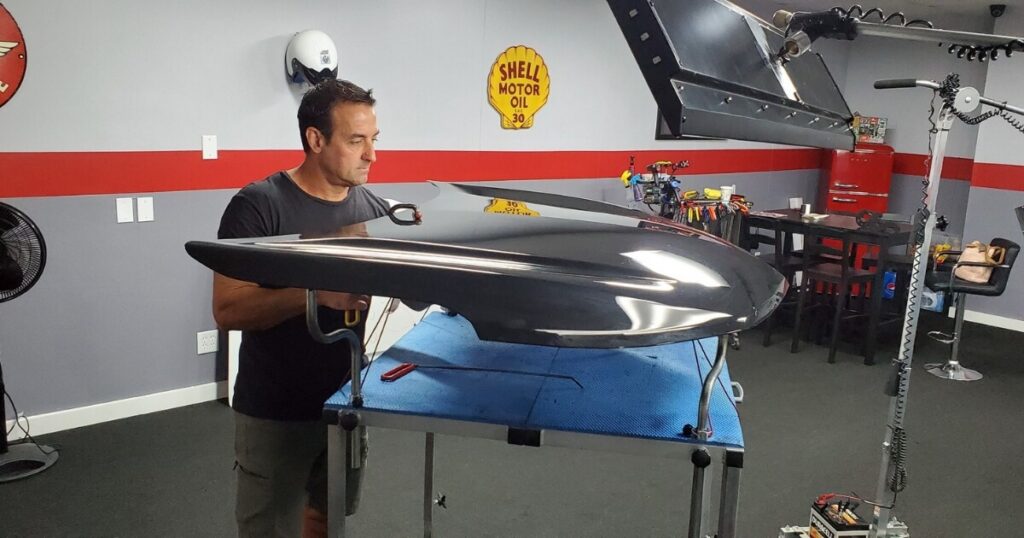Hail damage can cause severe damage to cars and make it difficult for owners to repair. The traditional dent repair process involves removing and replacing the body panels. It can be costly and time-consuming. Paintless dent repair (PDR), which is cost-effective and quick, can be used to repair hail damage. We will discuss whether PDR is appropriate for hail damage and when it should be used.
What’s Paintless Dent Repair (PDR)?
Paintless Dent Repair (PDR) is a method that repairs minor dents or dings on a vehicle’s bodywork without affecting its paint finish. PDR uses special tools that manipulate the metal to restore its original form. A series of picks and rods are used by the technician to push and gently massage the metal into its original shape. This process is more cost-effective and environmentally friendly than sanding, painting, or body filler.
How does PDR apply to hail damage?
PDR can be used to repair hail damage. It can fix small to medium hailstone dents. PDR is not recommended for enormous or hail damage that has caused the paint to crack or chip.
- Assessing the extent of hail damage is the first step to repairing it with PDR. The technician will inspect the vehicle for dents and determine the size and depth. The technician will check for damage to the paint and if the dent has caused metal stretching.
- After assessing the damage, the technician gently massages the metal using various tools to restore its original form. This involves pushing the metal out of the panel’s backside utilizing a combination of picks and rods. The technician will carefully work slowly, using just enough pressure to return the metal to place.
- PDR is a delicate and precise process that requires skill and experience. The technician should have a good understanding of the properties of the metal and be able to apply the correct pressure to prevent overstretching.
Is PDR appropriate for hail damage?
PDR can be used to repair minor to medium hailstone dents. PDR is an efficient method to repair hail damage that hasn’t caused any damage to paint or caused only minor damage. PDR can be used on hail damage to most parts of the vehicle, including the roof, trunk, doors, and roof.
PDR is not recommended for larger dents and hail damage, which can cause paint to crack or chip. These cases may require traditional repair methods such as painting or panel replacement.
The benefits of PDR for Hail Damage
Cost-effective
- PDR is an economical method to repair hail damage. This process doesn’t require painting or body filler. This can help you save time and money. PDR usually costs less than traditional methods of repair.
Quick
- PDR is a quick method to repair hail damage. This process is faster than traditional methods, which can take days or weeks to complete.
Environment friendly
- PDR is an eco-friendly method to repair hail damage. PDR does not require painting or body filler. This reduces the amount of waste and chemicals used in the repair.
Keep your vehicle’s value.
- PDR can be used to maintain a vehicle’s value. Traditional repairs may involve repainting or replacing body panels, which could affect the vehicle’s originality.
Work with Dentwerks Auto Hail Repair
Dentwerks is proudly a family-owned and operated business in Dallas, Texas. We offer various services, including PDR, auto body repair, paint correction, bumper repair, car detailing, and window tint. Visit our shop at paintless dent repair fort worth.
We have experienced and highly skilled technicians who will care for your car. We offer affordable paintless dent repair that leaves no damage trace. Whatever the scenario, we have the solution.



